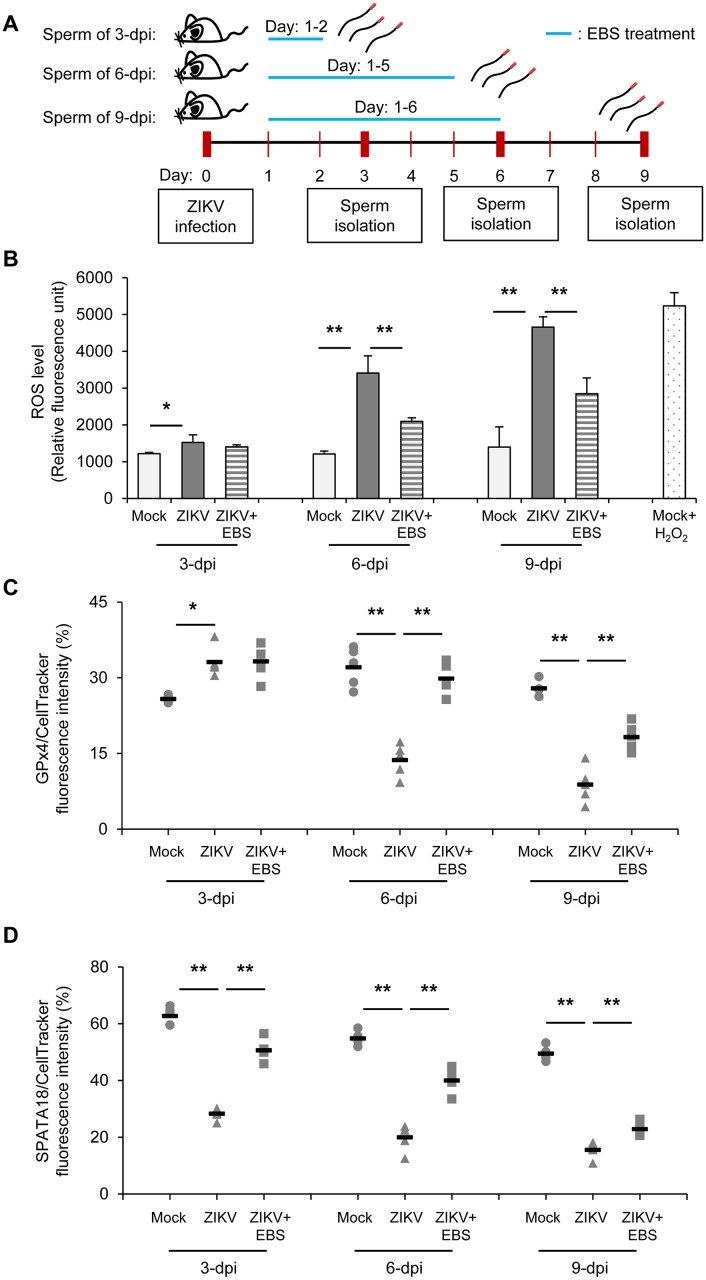Fig 2. ZIKV infection increases testicular oxidative stress.
(A) Schematic experimental design. Mice were subcutaneously infected in the footpad with 5x104 PFU/mouse of ZIKV. Mice were intraperitoneally treated with the antioxidant ebselen (EBS; 10 mg/kg body weight/mouse/day) or solvent control on day 1–2 (group: 3-dpi), day 1–5 (group: 6-dpi), or day 1–6 (group: 9-dpi) after infection. Sperm was collected on 3, 6, and 9 dpi. (B) Intracellular reactive oxygen species (ROS) assay. ROS levels in sperms were measured by use of the OxiSelect intracellular ROS indicator, with H2O2-treated sperms as a positive control. Relative fluorescence intensity was determined by use of a fluorescence plate reader. (C) Relative fluorescence intensity of GPx4 to CellTracker. (D) Relative fluorescence intensity of SPATA18 to CellTracker. Data are mean ± SD (n = 6 mice or 5 random confocal fields/group). *P<0.05 and **P<0.01 by Kruskal-Wallis, Bonferroni post-hoc test.

